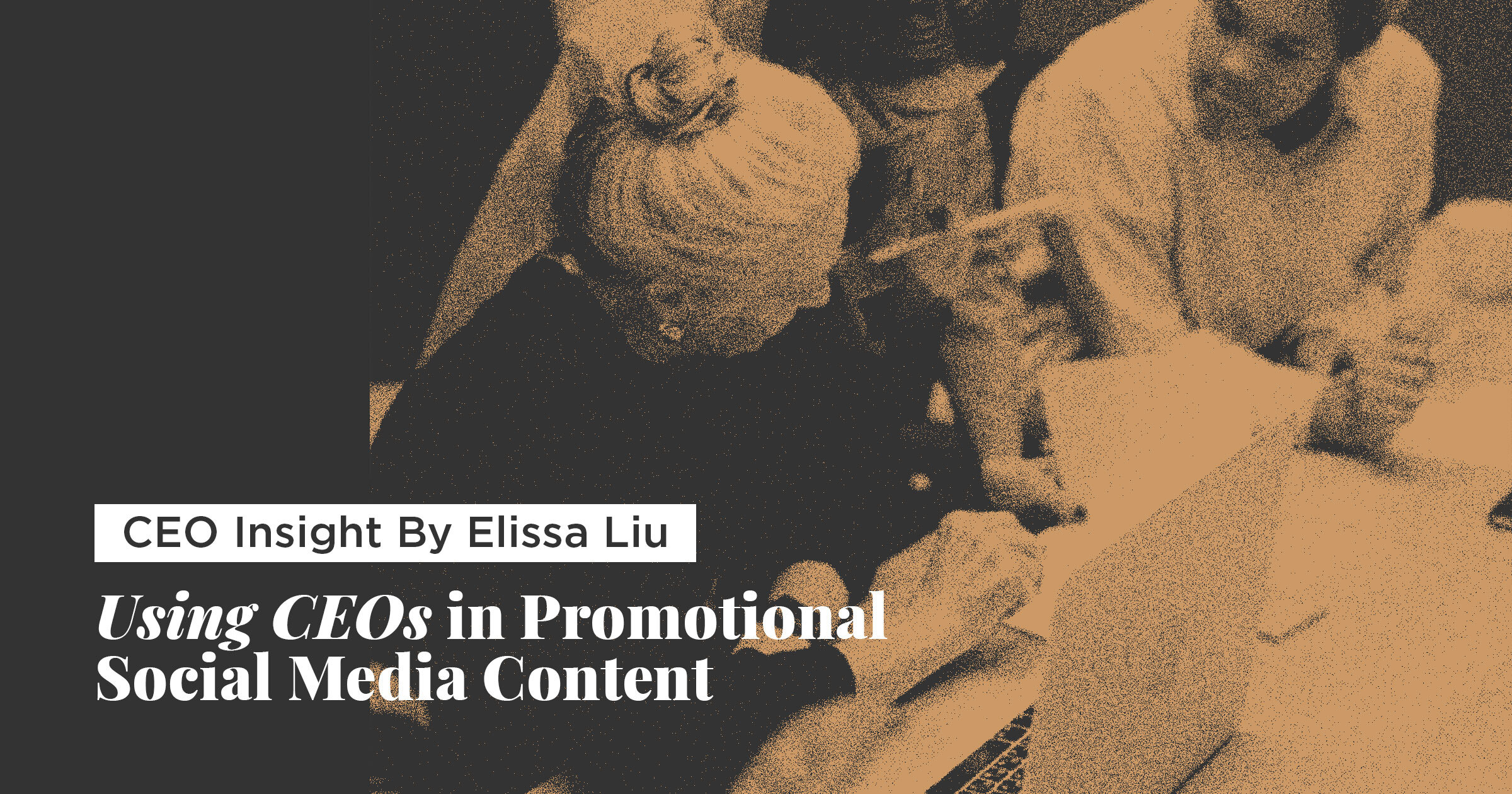Every year, we see an increasing number of Fortune 500 CEOs using social media. In our blog series, Executive Spotlight, we have looked at how different executives use social media to achieve their goals. If the ultimate objective of an executive’s online presence is to achieve specific company goals, where does their own personal content fit into the mix? The answer lies in understanding key metrics and knowing how to balance promotional social media content (i.e. content related to the company) and personal content (i.e. content related to or created by the executive).
Digital Marketing Metrics
For executives who use their online presence to help their brand achieve specific goals—such as generating leads or improving brand awareness—understanding digital marketing metrics is important. After all, we want to determine which content is making the most impact in terms of driving toward these goals.
One tool we developed to capture this data is SIO, or Social Intelligence Optimization. It provides a deep analysis of a social media profile and content program, providing information that’s unique to the individual or brand. To provide a more nuanced look at content performance and audience preferences, SIO can also pull metrics that other third-party platforms don’t have the capability of providing.
What are some important metrics to track for your own content? These may differ depending on your business goals, but here are some general metrics that many executives track on social media:
- Engagement: Engagement metrics look at how users are interacting with content through three actions: sharing, likes, and commenting. These are the more straightforward metrics to track since most social media platforms already provide this information, such as Instagram Insights on the app. With SIO, a deeper layer of analysis can include looking at what type of content format is drawing higher engagement, which days of the week yield the highest engagement, which types of images are more popular, and so on.
- Reach and impressions: These metrics measure how many people saw your content and how many times your post was shown in someone’s feed, respectively. Again, we can use tools like SIO to draw more data, not just by looking at the raw numbers for reach and impressions, but by cross-referencing them with the post content to provide more meaningful insight.
- Website traffic: When links are included in the post copy, this helps funnel readers to the company website. By tracking these link clicks and analyzing the post content, we can paint a clearer picture of what type of content effectively drives website traffic.
Personal Content
For many executives on social media, being creative with the content they’re posting results in a more memorable characterization among visitors, which can help increase personal brand recognition.
Of the executives we have analyzed, those that post original, creative content tend to have more followers and engagement. Those who primarily post heavily promotional material or use a stronger corporate voice tend to have lower engagement. What this tells us is that social media users enjoy interacting with executives who are more authentic or who present more relatable content.
That being said, posting a flashy video may earn a lot of likes and shares from other social media users, but these are what we call “vanity metrics,” which may not always contribute concretely to achieving business goals like driving revenue. A “like” means a user enjoyed your content, but that doesn’t mean the same user purchased your product afterward.
Some examples of personal content that may not drive directly towards brand objectives include sharing an article about their favorite sports team, posting a photo of themselves on vacation, or a video where they talk about their new work-out routine. These posts tend to focus on the executive’s own personal interests, rather than their company.
However, there are ways to make these more authentic-style posts more likely to convert. If the CEO of Peloton, John Foley, posted a video discussing how he uses his Peloton-branded bike as part of his daily work-out routine, this not only is an example of using an executive to create original content but also adds a more authentic promotional element to the content.
How To Balance Metrics and Creativity In Your Social Media Content
Relying purely on numbers is not the goal of our SIO tool. For any effective marketing program, data alone should never be the sole driving factor. Instead, we use the data we uncover to inform our digital marketing decisions.
For example, if our SIO tool finds that for a certain client, posts that have <200 characters perform better when posted between 2-5 PM CST, does this mean we need to make all posts fewer than 200 characters moving forward? Not necessarily, because data sets are always evolving and this would limit messaging variation. However, because we know more people engage with posts featuring shorter copy, we may want to include promotional content in these shorter posts if we know more people will be reading and reacting to it.
Whether you’re developing a digital marketing program for a brand or an executive, understanding how to use data is key.
What are common creative elements among the top-performing content?
If you or your team finds that a CEO’s videos have outperformed all other types of content, then consider developing a new video content series that will help you reach your goals. For example, a video showcasing the CEO discussing their product or service can help convey important brand messaging in a format that is more appealing to other social media users.
On what days and during what time of day do posts typically perform best?
Uncovering data about a high-performing timeslot doesn’t mean you schedule five posts for that time, but rather, it’s an opportunity to strategically schedule posts with key messaging you want to get across to your audience. These high-performing timeslots might be reserved for promotional social media content while more personal content may be scheduled at other times.
What happens when promotional (or personal) posts are always among the bottom-performing posts?
Completely removing original content from an executive’s strategy while only keeping brand-related content may result in a stale online presence that is overly promotional, making it no different than the brand account. Removing promotional social media content means the executive won’t be helping their company reach its objectives. Instead, look at the top-performing posts, uncover key metrics and similarities, and apply learnings to the lower-performing posts.
Strategic Social Media Content is Where Data Meets Creativity
As the public face for their company, CEOs and other members of a company’s leadership team have the opportunity to use their online presence to achieve specific business goals. While creating personal content is much more straightforward and has generally garnered higher engagement compared to promotional posts, marketers can incorporate CEOs to create more authentic promotional messaging.
Developing social media content that not only achieves business objectives but also resonates with the audience is an obstacle many executives face. For one of our clients, our social media strategy and content development led to an 850% in retweets on Twitter and a 329% increase in LinkedIn profile visits.
href="#" data-color-override="false" data-hover-color-override="false" data-hover-text-color-override="#fff">Read our case study to learn more!


